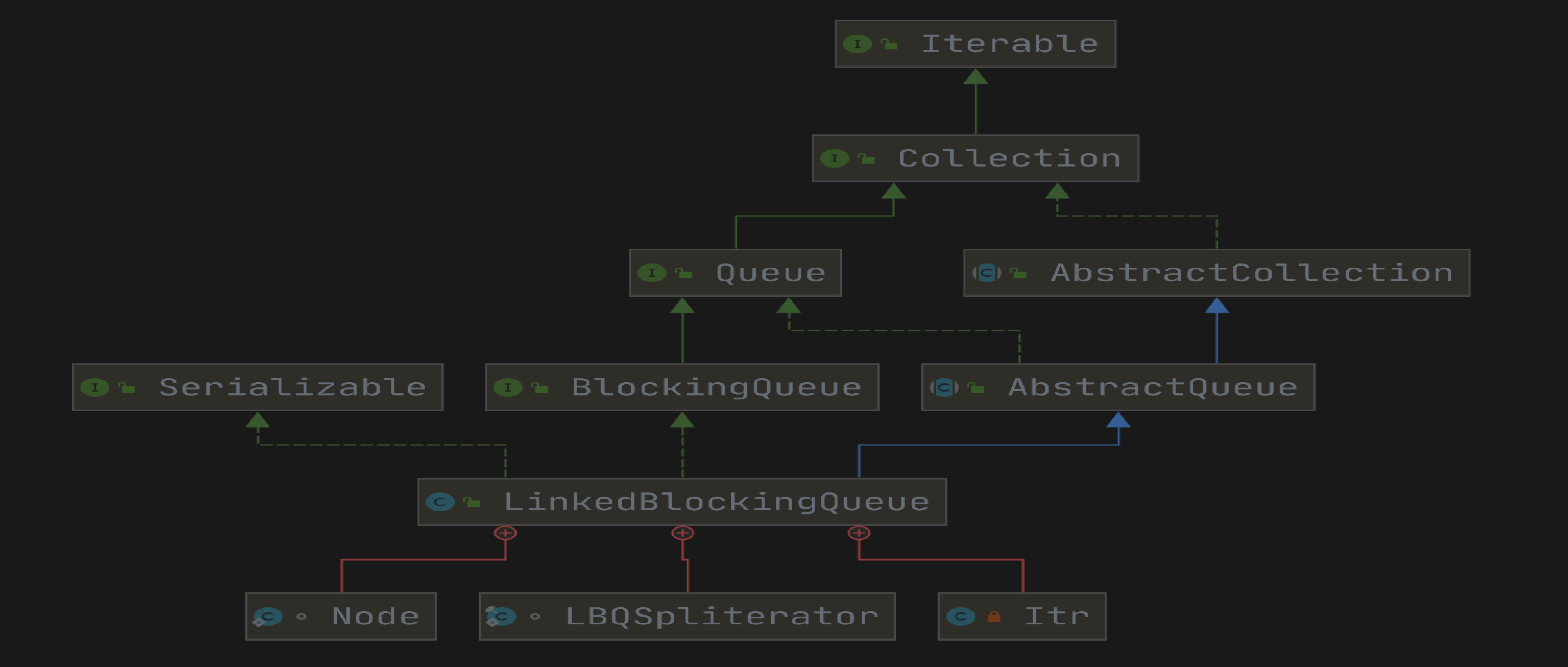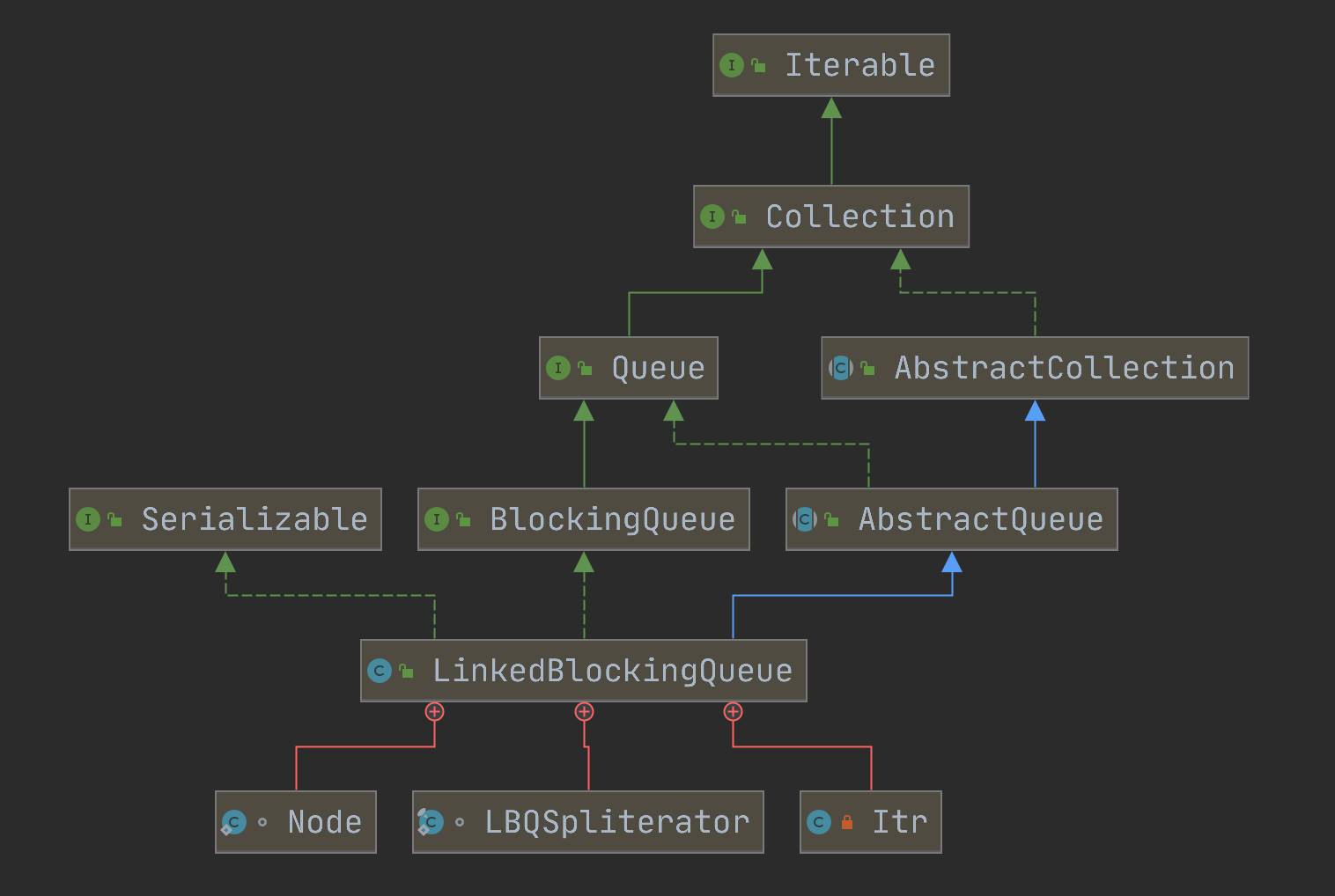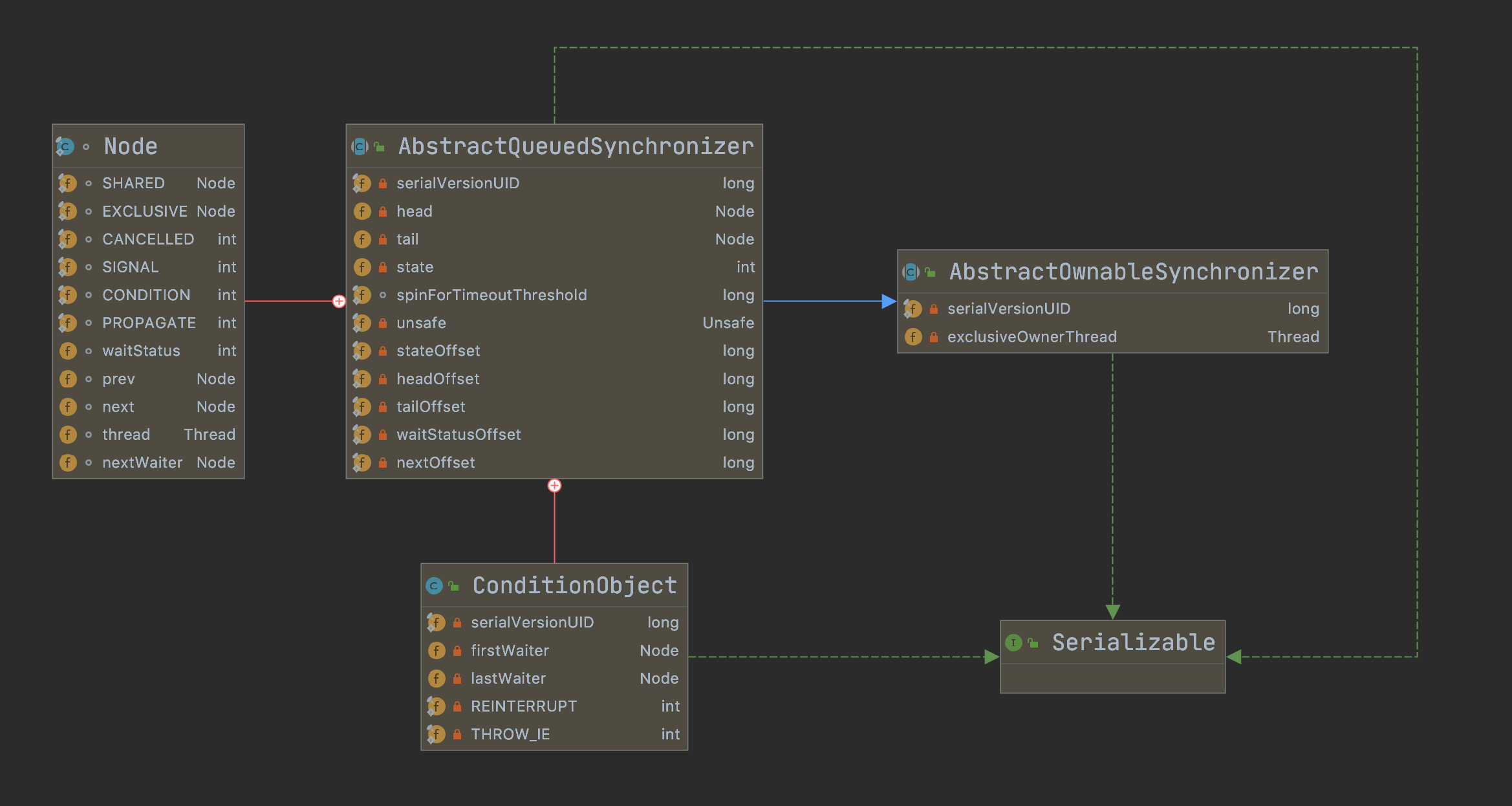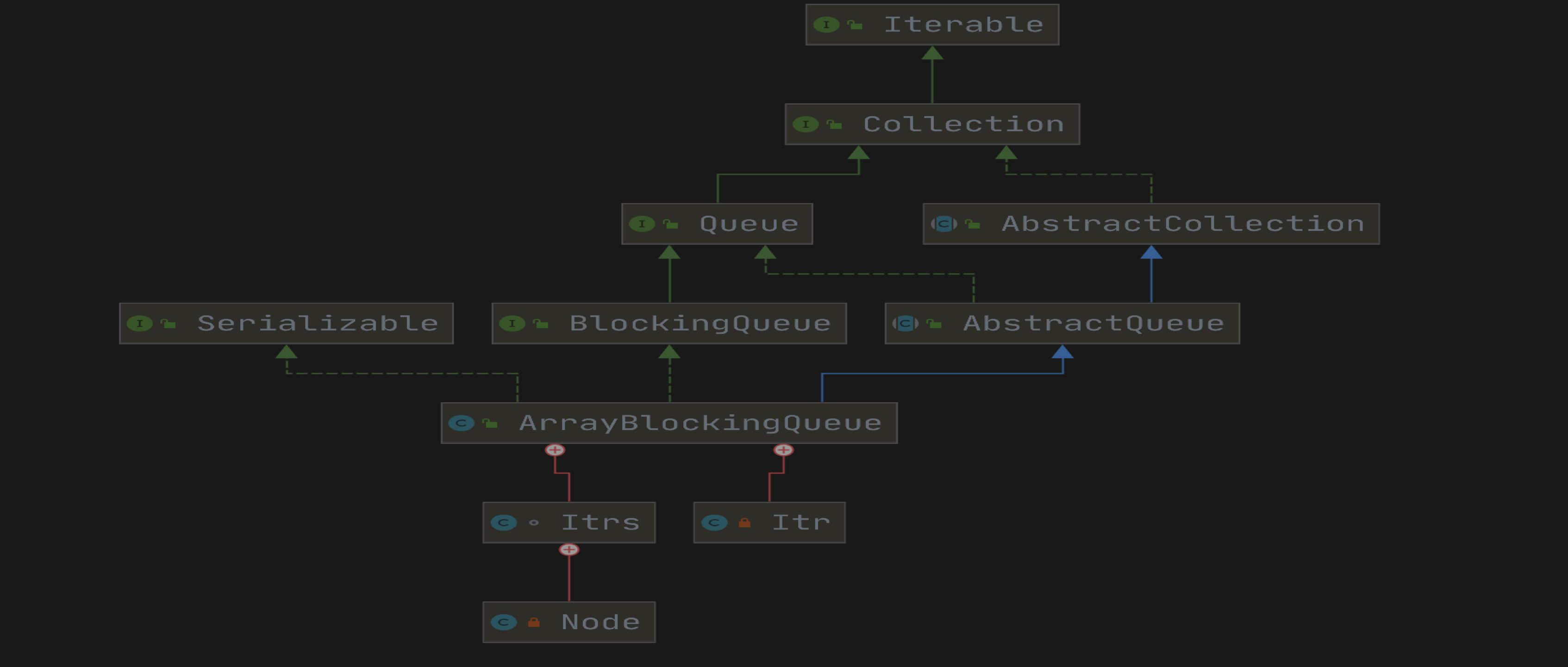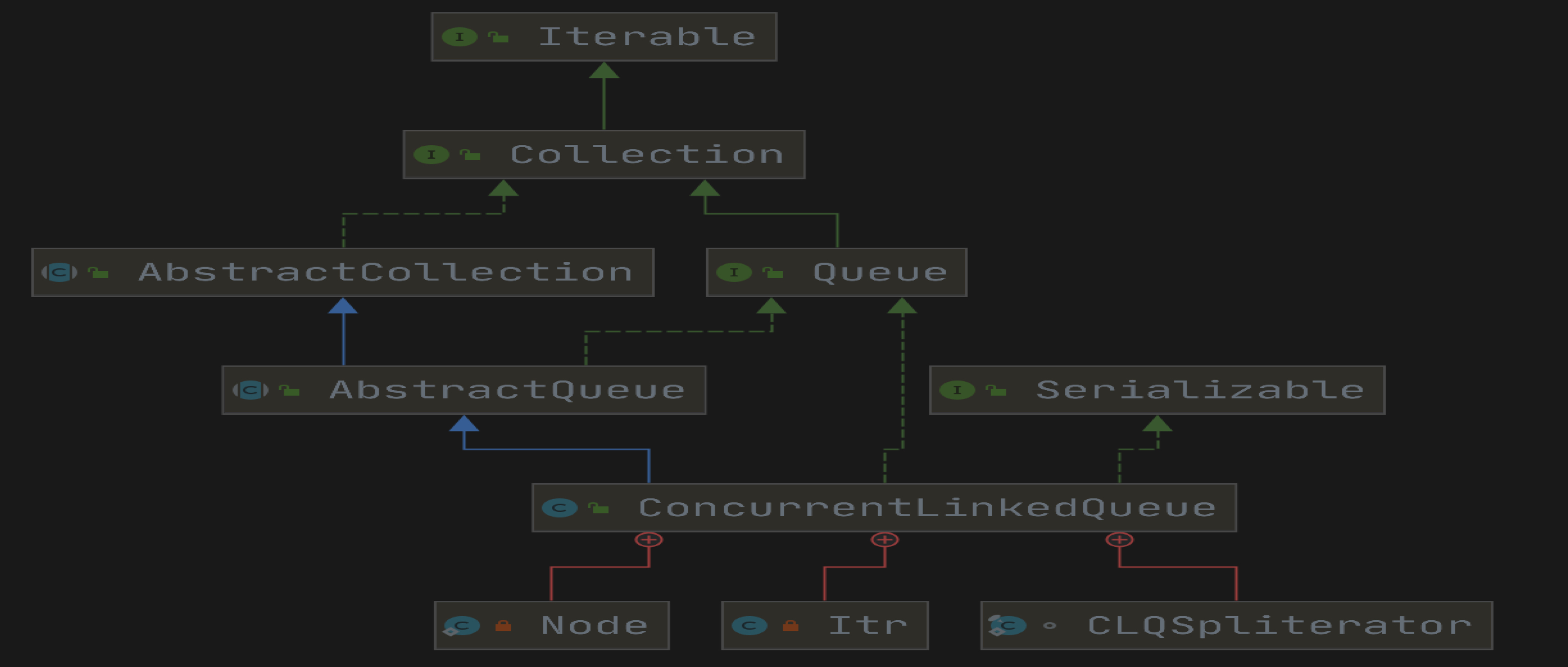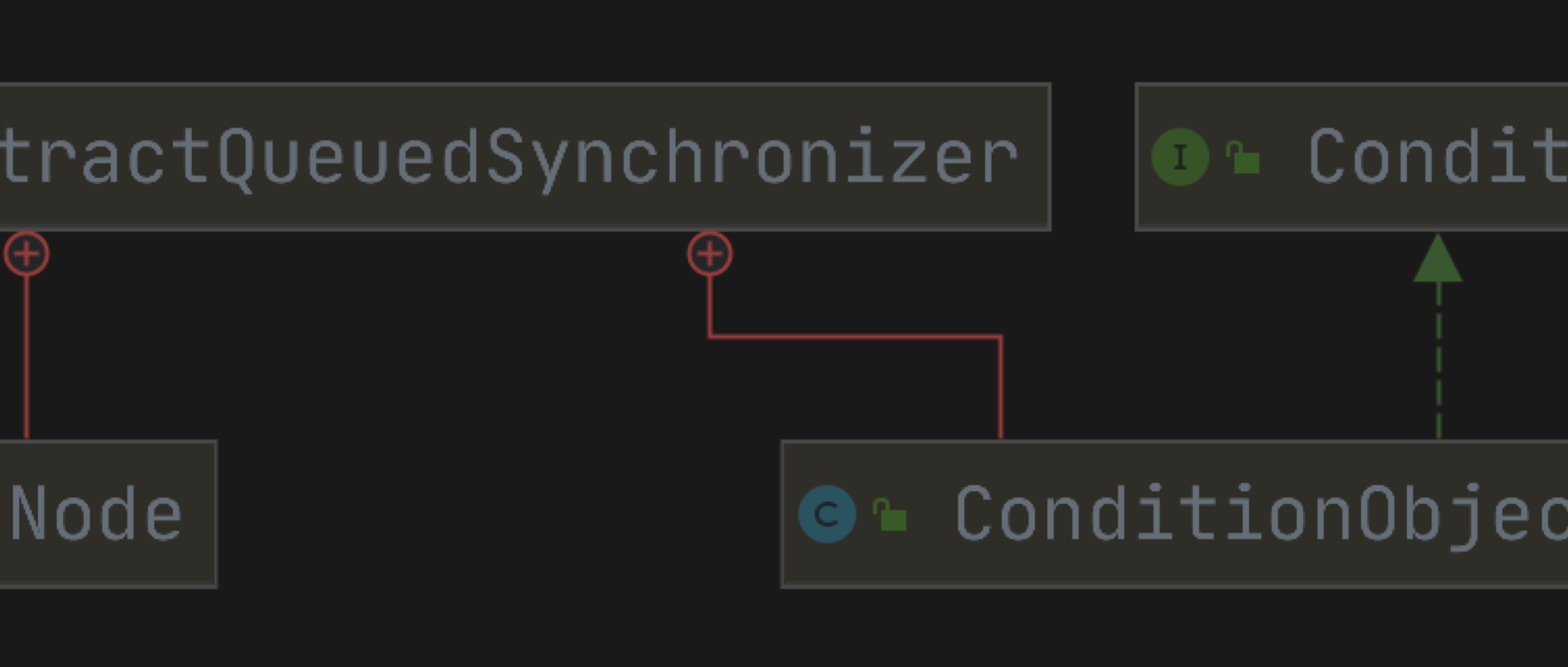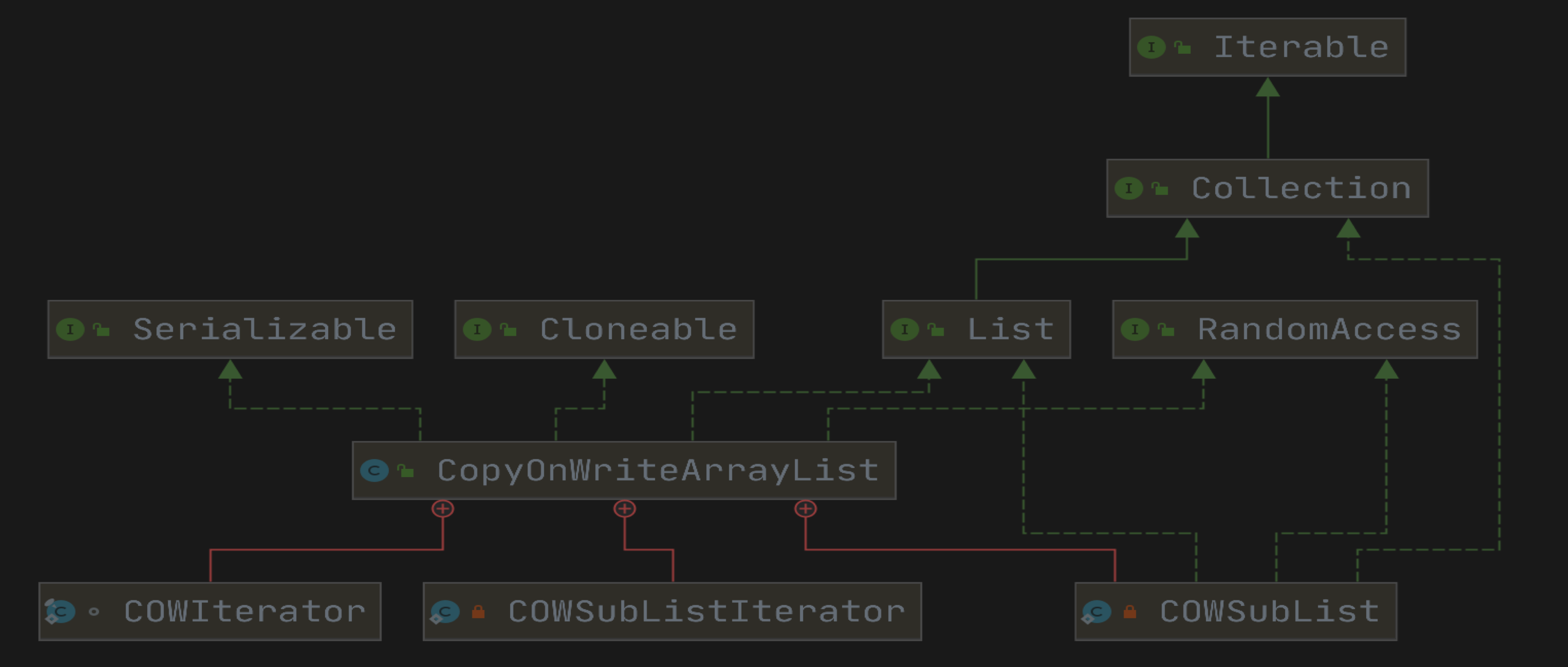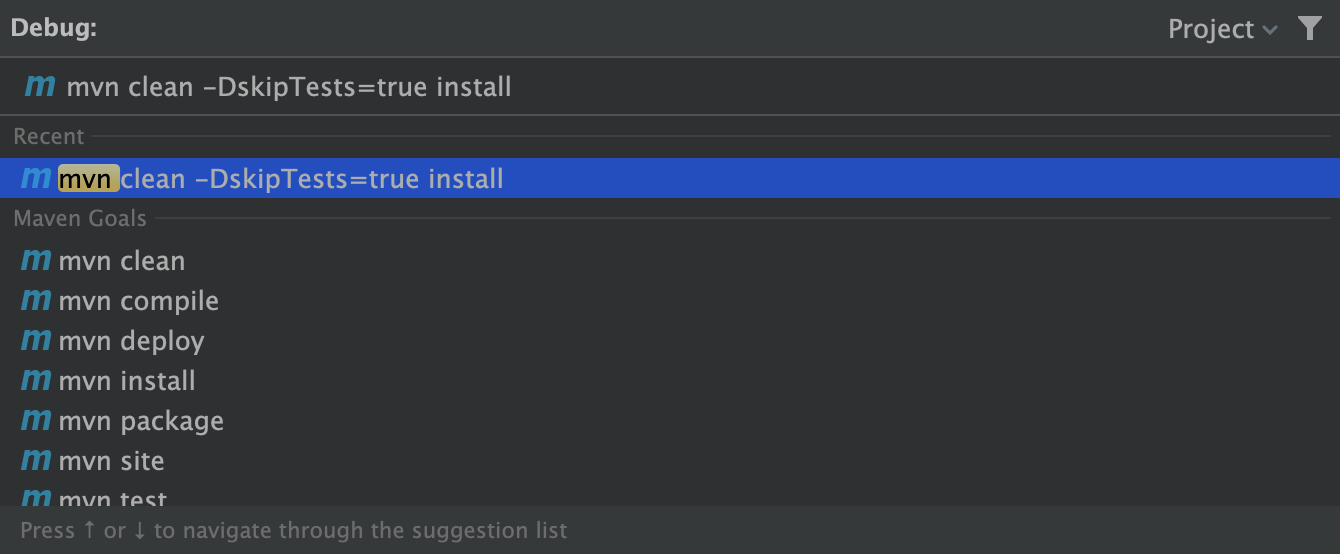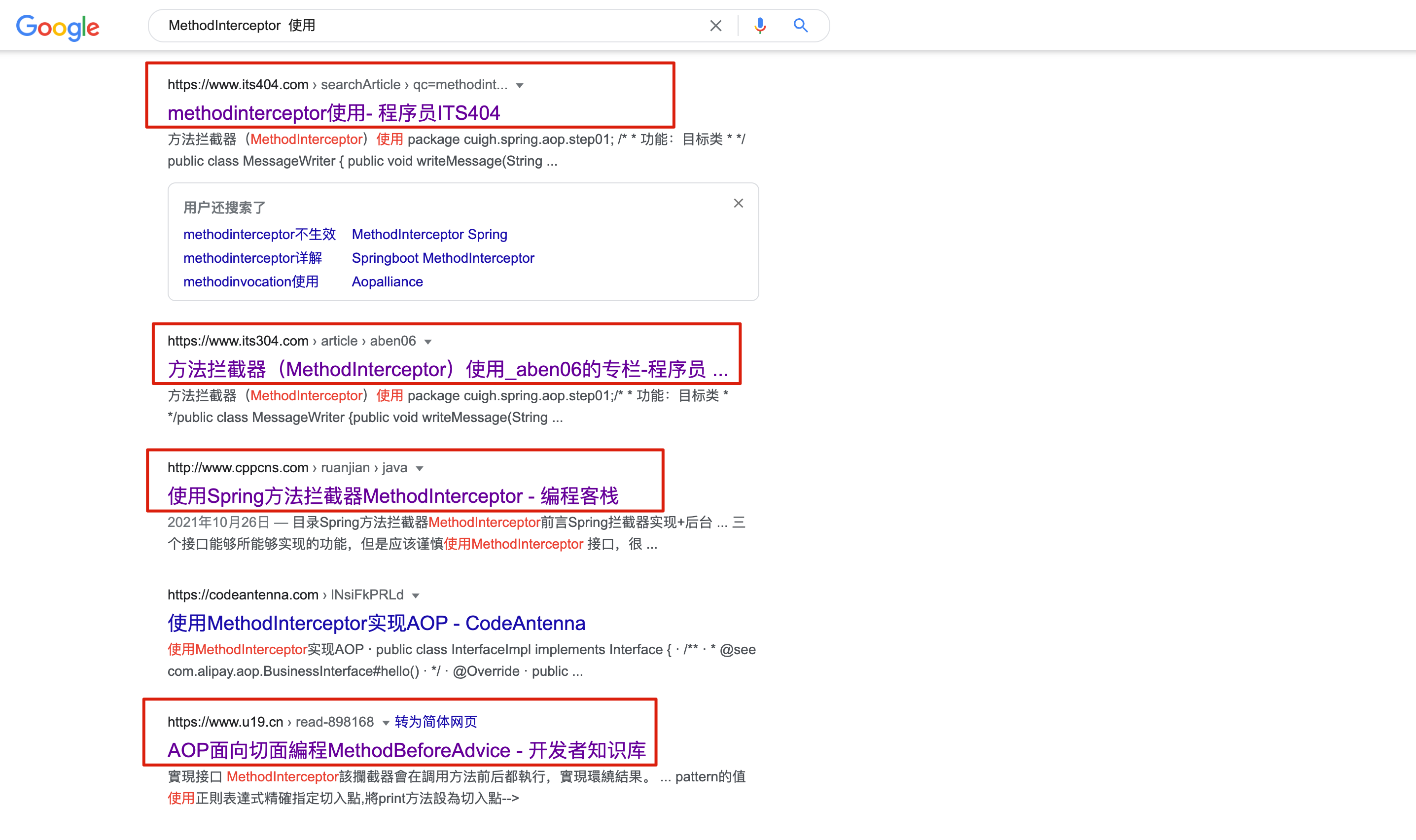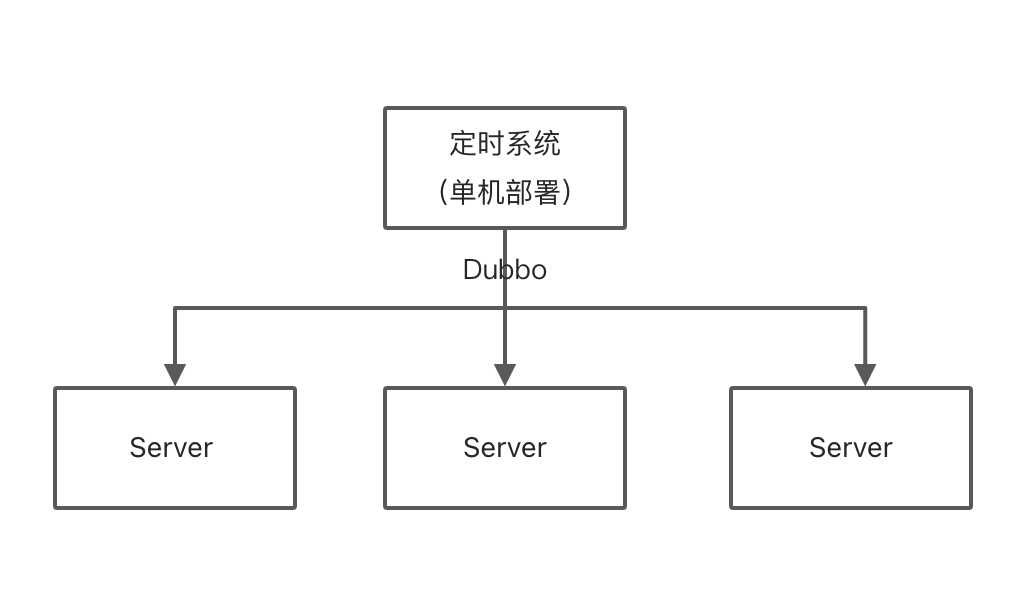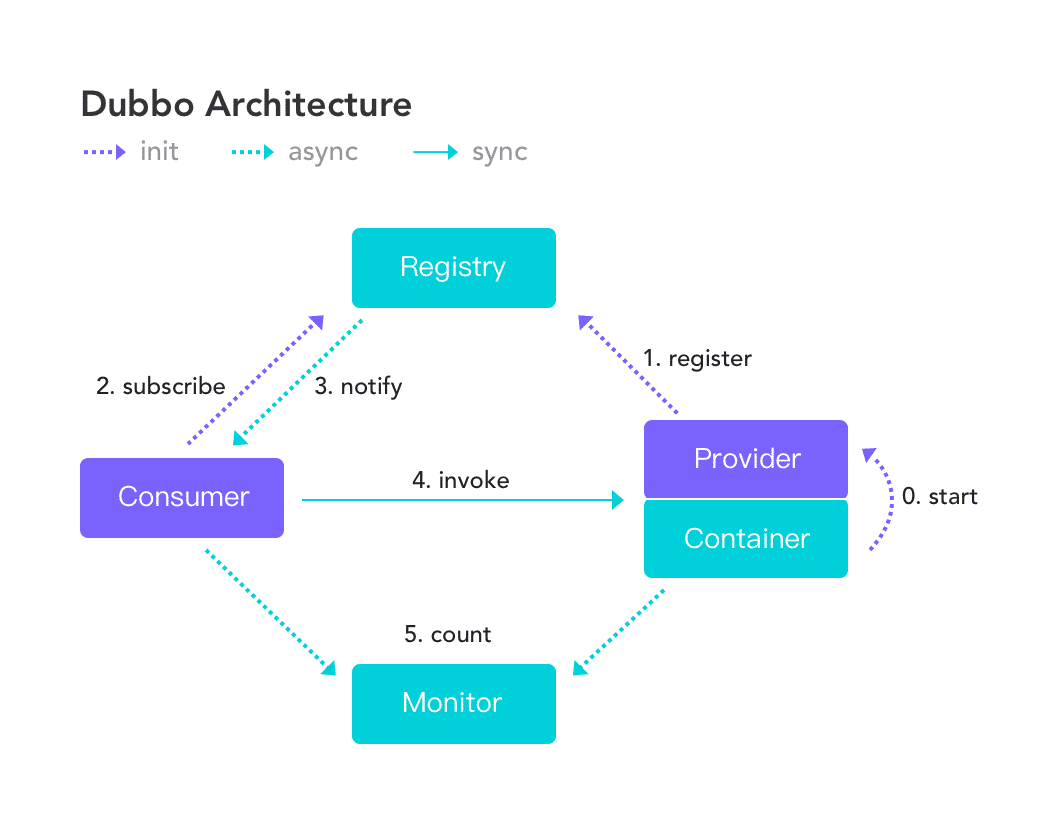源码笔记JDKJDK源码笔记【JDK源码笔记】- 基于链表的有界阻塞队列 —— LinkedBlockingQueue
liuzhihang
前言
上一节看了基于数据的有界阻塞队列 ArrayBlockingQueue 的源码,通过阅读源码了解到在 ArrayBlockingQueue 中入队列和出队列操作都是用了 ReentrantLock 来保证线程安全。下面咱们看另一种有界阻塞队列:LinkedBlockingQueue。
介绍
一个基于链接节点的,可选绑定的 BlockingQueue 阻塞队列。
对元素 FIFO(先进先出)进行排序。队列的头部是已在队列中停留最长时间的元素。队列的尾部是最短时间出现在队列中的元素。将新元素插入队列的尾部,并检索队列操作获取队列开头的元素。
基于连表的队列通常具有比基于数组的队列有更高的吞吐量,但是大多数并发应用程序中的可预测性较差。
基本使用
1
2
3
4
5
6
7
8
9
10
11
12
13
14
15
16
17
18
19
20
21
22
23
24
25
26
| public class LinkedBlockingQueueTest {
private static final LinkedBlockingQueue<String> QUEUE = new LinkedBlockingQueue<>(10);
public static void main(String[] args) throws InterruptedException {
QUEUE.put("put 入队列, 队列满则会阻塞等待");
QUEUE.add("add 入队列, 队列满则会抛出异常");
QUEUE.offer("offer 入队列, 队列满会返回 false");
String poll = QUEUE.poll();
String take = QUEUE.take();
String peek = QUEUE.peek();
}
}
|
问题疑问
- LinkedBlockingQueue 的实现原理是什么?
- LinkedBlockingQueue 和 ArrayBlockingQueue 的区别是什么?
源码分析
基本结构

参数介绍
1
2
3
4
5
6
7
8
9
10
11
12
13
| static class Node<E> {
E item;
Node<E> next;
Node(E x) { item = x; }
}
|
首先在 LinkedBlockingQueue 中有一个静态内部类 Node 支持泛型,下面看下其他字段:
1
2
3
4
5
6
7
8
9
10
11
12
13
14
15
16
17
18
19
20
21
22
23
24
25
26
27
28
29
30
|
private final int capacity;
private final AtomicInteger count = new AtomicInteger();
transient Node<E> head;
private transient Node<E> last;
private final ReentrantLock takeLock = new ReentrantLock();
private final Condition notEmpty = takeLock.newCondition();
private final ReentrantLock putLock = new ReentrantLock();
private final Condition notFull = putLock.newCondition();
|
构造函数
1
2
3
4
5
6
7
8
9
10
11
| public LinkedBlockingQueue() {
this(Integer.MAX_VALUE);
}
public LinkedBlockingQueue(int capacity) {
if (capacity <= 0) throw new IllegalArgumentException();
this.capacity = capacity;
last = head = new Node<E>(null);
}
|
通过构造函数可以看出,在初始化 LinkedBlockingQueue 时,如果不传入容量则会默认指定 Integer.MAX_VALUE。
添加元素
add 方法是直接调用的父类 AbstractQueue 的方法,内部调用的 LinkedBlockingQueue 自己实现的 offer 方法
1
2
3
4
5
6
| public boolean add(E e) {
if (offer(e))
return true;
else
throw new IllegalStateException("Queue full");
}
|
主要阅读的还是 LinkedBlockingQueue 的 put 和 offer 方法:
1
2
3
4
5
6
7
8
9
10
11
12
13
14
15
16
17
18
19
20
21
22
23
24
25
26
27
28
29
| public void put(E e) throws InterruptedException {
if (e == null) throw new NullPointerException();
int c = -1;
Node<E> node = new Node<E>(e);
final ReentrantLock putLock = this.putLock;
final AtomicInteger count = this.count;
putLock.lockInterruptibly();
try {
while (count.get() == capacity) {
notFull.await();
}
enqueue(node);
c = count.getAndIncrement();
if (c + 1 < capacity)
notFull.signal();
} finally {
putLock.unlock();
}
if (c == 0)
signalNotEmpty();
}
|
1
2
3
4
5
6
7
8
9
10
11
12
13
14
15
16
17
18
19
20
21
22
23
24
25
| public boolean offer(E e) {
if (e == null) throw new NullPointerException();
final AtomicInteger count = this.count;
if (count.get() == capacity)
return false;
int c = -1;
Node<E> node = new Node<E>(e);
final ReentrantLock putLock = this.putLock;
putLock.lock();
try {
if (count.get() < capacity) {
enqueue(node);
c = count.getAndIncrement();
if (c + 1 < capacity)
notFull.signal();
}
} finally {
putLock.unlock();
}
if (c == 0)
signalNotEmpty();
return c >= 0;
}
|
通过上面两段代码可以看出 put 和 offer 的最大区别在于是否阻塞。 put 方法当队列达到指定容量时,会阻塞,等待有元素出队列。而 offer 方法会直接返回 false。
同时两个方法操作元素入队列都是调用的 enqueue(node) 方法,下面一起看下 enqueue 方法。
1
2
3
4
5
| private void enqueue(Node<E> node) {
last = last.next = node;
}
|
在 enqueue 方法中,直接指定当前尾节点的 next 为传入的元素即可。
获取元素
1
2
3
4
5
6
7
8
9
10
11
12
13
14
15
16
17
18
19
20
21
22
23
24
25
26
27
28
| public E poll() {
final AtomicInteger count = this.count;
if (count.get() == 0)
return null;
E x = null;
int c = -1;
final ReentrantLock takeLock = this.takeLock;
takeLock.lock();
try {
if (count.get() > 0) {
x = dequeue();
c = count.getAndDecrement();
if (c > 1)
notEmpty.signal();
}
} finally {
takeLock.unlock();
}
if (c == capacity)
signalNotFull();
return x;
}
|
1
2
3
4
5
6
7
8
9
10
11
12
13
14
15
16
17
18
19
20
21
22
| public E take() throws InterruptedException {
E x;
int c = -1;
final AtomicInteger count = this.count;
final ReentrantLock takeLock = this.takeLock;
takeLock.lockInterruptibly();
try {
while (count.get() == 0) {
notEmpty.await();
}
x = dequeue();
c = count.getAndDecrement();
if (c > 1)
notEmpty.signal();
} finally {
takeLock.unlock();
}
if (c == capacity)
signalNotFull();
return x;
}
|
通过上面代码可以看出 poll 和 take 方法逻辑大致相同。区别就是在当前队列为空时的处理逻辑。poll 在当前队列为空时返回 null,take 会阻塞等待,知道当前队列中有元素。
poll 和 take 都试用 dequeue() 方法从队列中获取元素。
1
2
3
4
5
6
7
8
9
10
11
| private E dequeue() {
Node<E> h = head;
Node<E> first = h.next;
h.next = h;
head = first;
E x = first.item;
first.item = null;
return x;
}
|
dequeue() 方法逻辑就是获取头节点,并将 head 指向下一个节点。
查看元素
1
2
3
4
5
6
7
8
9
10
11
12
13
14
15
| public E peek() {
if (count.get() == 0)
return null;
final ReentrantLock takeLock = this.takeLock;
takeLock.lock();
try {
Node<E> first = head.next;
if (first == null)
return null;
else
return first.item;
} finally {
takeLock.unlock();
}
}
|
peek() 方法比较简单,直接获取 head 的元素值即可。
总结
Q&A
Q: LinkedBlockingQueue 的实现原理?
A: LinkedBlockingQueue 是基于链表实现的,内部使用 ReentrantLock 互斥锁,防止并发放置元素或者取出元素的冲突问题。
- take、poll、peek 等从队列中获取元素的操作共用 takeLock 锁。
- add、put、offer 等向队列中添加元素的操作共同 putLock 锁。
- notEmpty 和 notFull 是 Condition 类型,在 take 和 put 操作时,如果如果队列为空或者队列已满,会调用相应的 await 将线程放入条件队列。
Q: 入队列和出队列方法之间的区别是什么?
| 方法 |
作用 |
| add |
添加元素,队列满了,添加失败抛出遗产 |
| offer |
添加元素, 队列满了,添加失败,返回 false |
| put |
添加元素,队列满了,阻塞等待 |
|
|
| poll |
弹出元素,队列为空则返回 null |
| take |
弹出元素,队列为空则等待队列中有元素 |
|
|
| peek |
查看队列中放入最早的一个元素 |
结束语
LinkedBlockingQueue 使用和 ArrayBlockingQueue 并没有什么区别,内部实现都是使用的 ReentrantLock,可以对照着阅读。同时 Condition 这块也需要着重了解一下。
